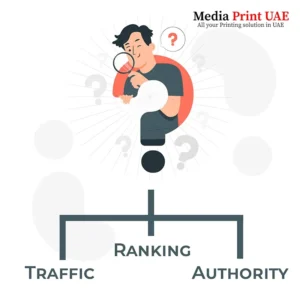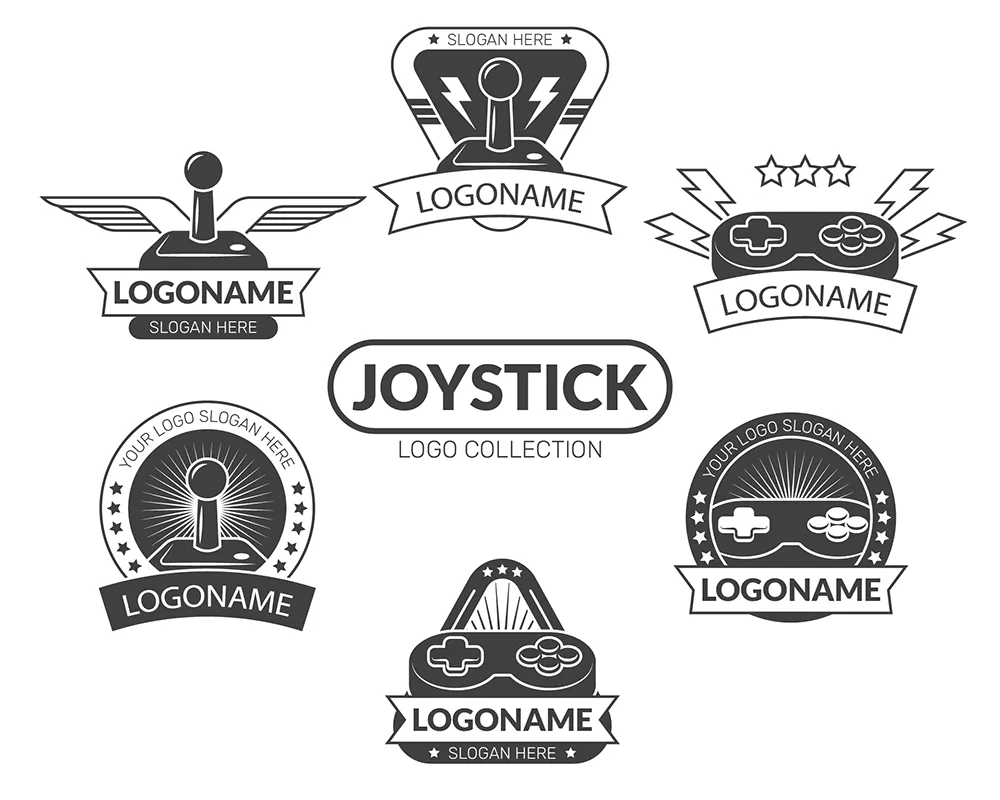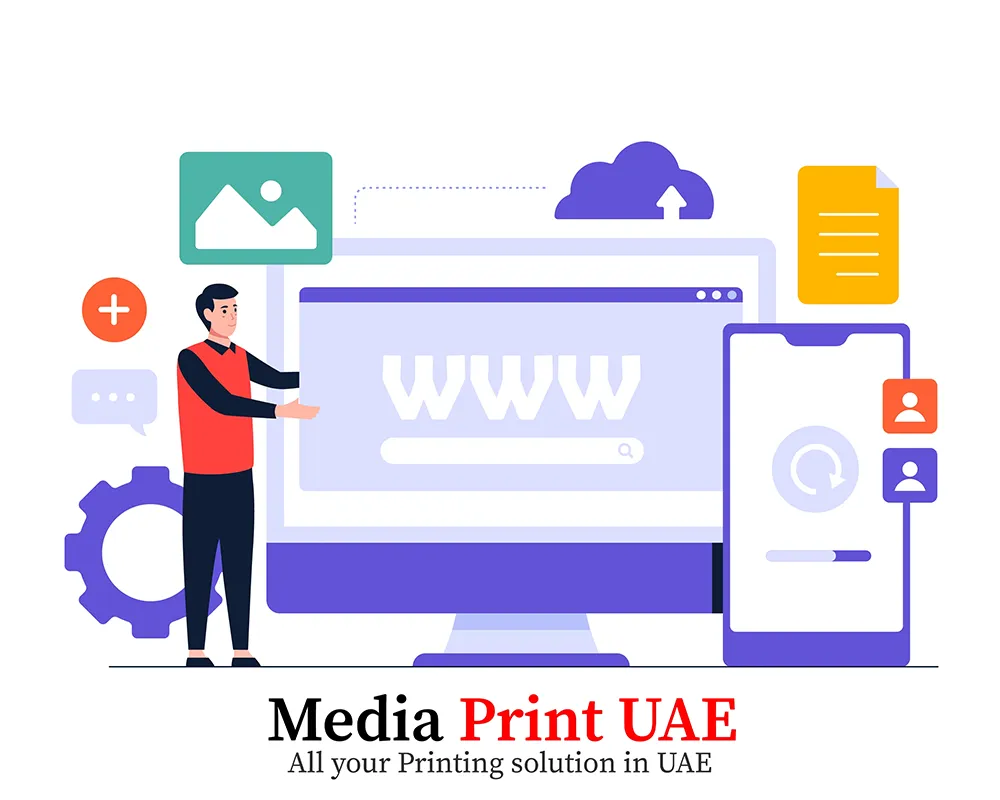Description
E-commerce Website Setup in Dubai: A Complete Guide
In today’s digital era, an e-commerce website is no longer optional for businesses—it’s essential. With the UAE’s booming e-commerce market and tech-savvy population, establishing an online store is a powerful way to expand your reach and drive sales. For entrepreneurs looking to grow their online business in Dubai, an effective e-commerce website is essential. An effective e-commerce website setup involves key steps, from domain registration to SEO optimization, ensuring your business thrives in the competitive digital marketplace.
Key Steps in E-commerce Website Setup
1. Domain Registration and Hosting
Securing the right domain name is the foundation of your online store. A memorable domain name reflects your brand identity and ensures easy access for customers. Reliable hosting ensures fast loading times and uninterrupted website uptime, critical for delivering a seamless shopping experience.
Tips:
- Choose a short, brand-aligned domain name.
- Opt for secure hosting providers with high uptime guarantees and local servers for faster access.
2. Platform Selection
Selecting the right e-commerce platform is critical. Platforms like Shopify, WooCommerce, and Magento offer scalable, customizable solutions suitable for businesses of all sizes. Your choice should align with your business model, budget, and the features you need.
Popular Platforms:
- Shopify: Ideal for quick, user-friendly setup with integrated payment and marketing tools.
- WooCommerce: Best for flexibility and customization for WordPress users.
- Magento: Designed for large-scale, complex e-commerce businesses.
3. Website Design and Development
A responsive and user-friendly design enhances customer experience and reduces bounce rates. Professional web design focuses on intuitive navigation, mobile-friendliness, and aesthetically pleasing layouts to boost engagement.
Key Features:
- Mobile-responsive design to cater to UAE’s high mobile penetration rates.
- Clear, visually appealing product displays.
- Simple navigation and quick-loading pages.
4. Payment Gateway Integration
Offering secure and diverse payment options is essential to building customer trust. Integration with payment gateways like PayTabs, Telr, or Stripe ensures smooth transactions. It’s crucial to support multiple currencies, especially the UAE dirham, for local convenience.
Why It Matters:
- Increases customer satisfaction and trust.
- Reduces cart abandonment rates.
- Provides options for both credit card payments and local payment methods.
5. Product Catalog Management
An organized product catalog ensures customers can quickly find what they need. Proper categorization, accurate descriptions, and real-time inventory management improve customer experience and operational efficiency.
Tips for Effective Catalog Management:
- Use high-quality images and detailed descriptions for each product.
- Regularly update pricing and stock information.
- Leverage tools like SKUs to streamline inventory tracking.
6. Search Engine Optimization (SEO)
Optimizing your e-commerce site for search engines is essential to attract organic traffic. SEO involves keyword optimization, meta descriptions, alt text for images, and a clean site structure that enables search engines to rank your website higher.
SEO Tactics for E-commerce Sites:
- Focus on local SEO to target the UAE market effectively.
- Use structured data to improve visibility on search engine results pages (SERPs).
- Regularly publish blog content or guides to engage customers and boost rankings.
7. Legal Compliance and Licensing
Operating an e-commerce business in the UAE requires compliance with local laws. This includes obtaining an e-commerce trade license and adhering to consumer protection regulations. Partnering with professionals familiar with UAE legal requirements ensures a smooth and compliant setup.
Steps to Ensure Compliance:
- Register your business with the UAE government.
- Obtain an e-commerce license from the Department of Economic Development (DED) or relevant free zone authority.
- Implement clear refund, return, and data privacy policies.
Benefits of Setting Up an E-commerce Website in the UAE
- Wider Reach: Tap into the UAE’s growing online consumer base, known for high internet penetration and a tech-savvy demographic, making it ideal for launching a successful online business in Dubai.
- 24/7 Availability: Unlike physical stores, your e-commerce site operates round-the-clock, increasing sales opportunities.
- Cost Efficiency: Reduce operational costs by transitioning from a brick-and-mortar setup to a digital storefront.
- Data Insights: Leverage analytics to understand customer behavior and improve your marketing strategies.
Tips for E-commerce Success
- Invest in Digital Marketing: Use tools like Google Ads, email campaigns, and social media to drive traffic.
- Prioritize Security: Use SSL certificates and comply with PCI standards to ensure secure transactions.
- Simplify the Checkout Process: Minimize steps during checkout to reduce cart abandonment rates.
- Engage with Customers: Offer personalized promotions and respond to customer inquiries promptly.
Why the UAE is a Thriving E-commerce Market
The UAE’s e-commerce market is one of the fastest-growing in the region. With initiatives like Dubai CommerCity and government support for online businesses, the UAE provides a robust ecosystem for entrepreneurs venturing into the digital space. High disposable incomes, internet penetration, and a preference for online shopping make the region ripe for e-commerce opportunities.
Conclusion
An expertly executed e-commerce website setup empowers businesses to harness the full potential of the UAE’s flourishing digital economy. By focusing on crucial elements like design, functionality, and compliance, you can establish a successful online store that meets customer needs and drives growth.
Get started today and take your business to the next level!
FAQs
1. What are the essential steps for setting up an e-commerce website?
Setting up an e-commerce website involves choosing a domain name, selecting a platform (e.g., Shopify, WooCommerce), designing a user-friendly interface, integrating payment gateways, and ensuring legal compliance with UAE regulations.
2. Which e-commerce platform is best for small businesses in the UAE?
Platforms like Shopify and WooCommerce are excellent choices for small businesses. Shopify offers an all-in-one solution, while WooCommerce provides flexibility for WordPress users.
3. How can I ensure my e-commerce website is mobile-friendly?
To make your website mobile-friendly, use responsive web design, optimize images, and test the layout across multiple devices. Mobile optimization is critical in the UAE, where most users shop on smartphones.
4. What payment options should I include for an e-commerce website in the UAE?
In the UAE, integrate payment gateways that support local and international methods, such as credit cards, Apple Pay, and local wallets like PayTabs or Telr, ensuring seamless transactions.
5. Do I need a trade license to set up an e-commerce website in the UAE?
Yes, UAE laws require a trade license for online businesses. You can obtain it through the Department of Economic Development (DED) or a free zone authority, depending on your business model.
6. How can SEO help improve my e-commerce website’s visibility?
SEO boosts visibility by optimizing content, structure, and keywords, helping your website rank higher on search engines. This drives organic traffic and improves sales.















Reviews
There are no reviews yet.